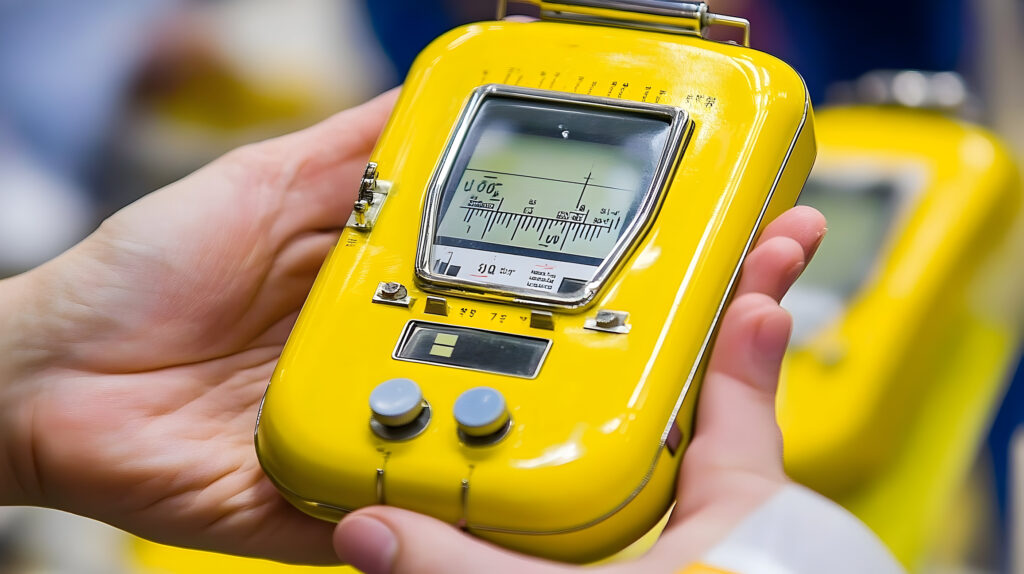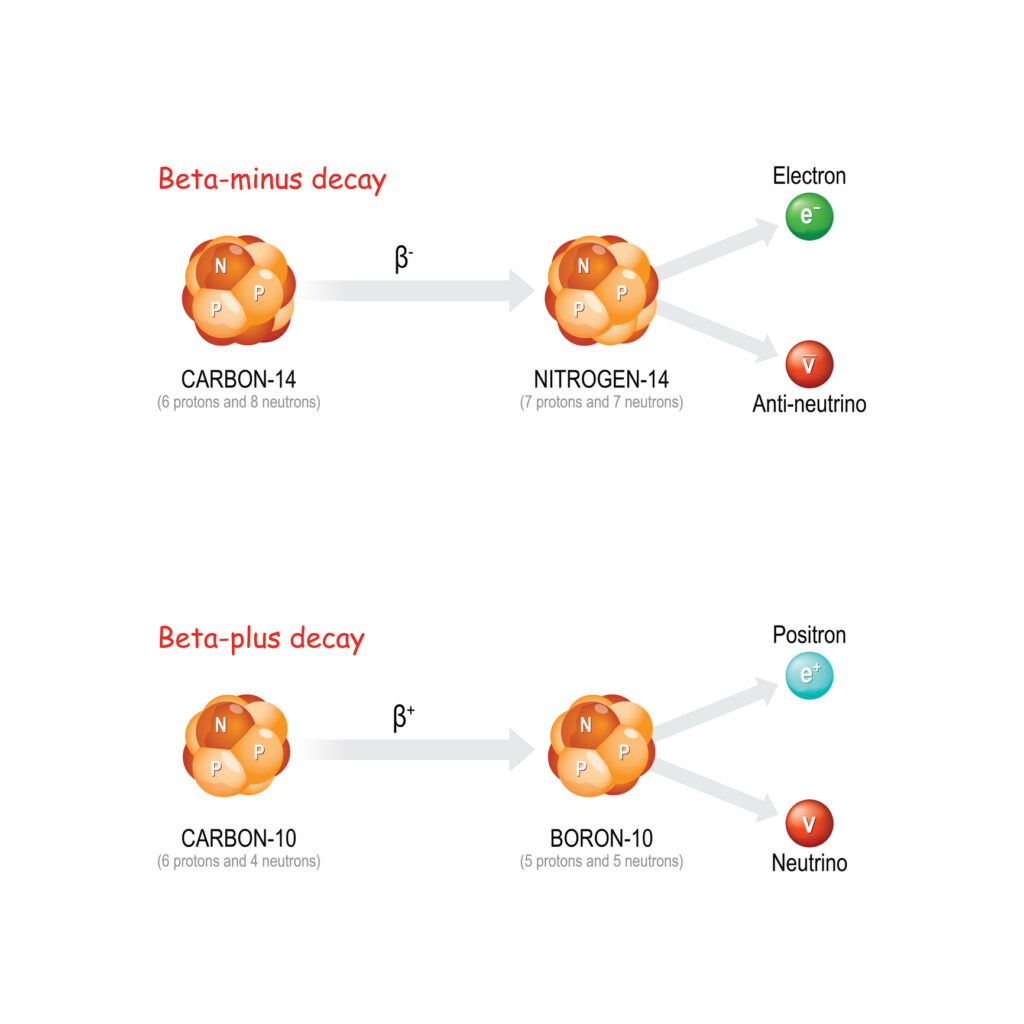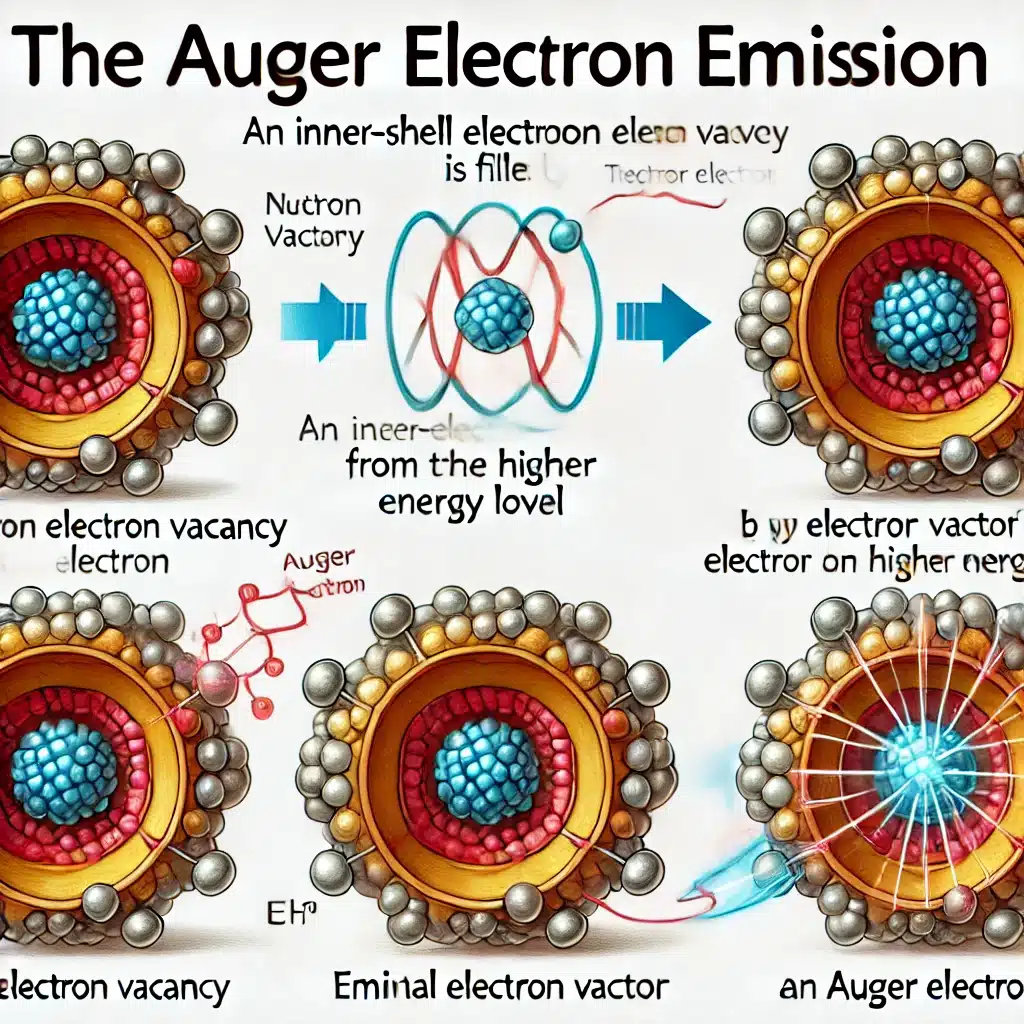Summary: Megavoltage therapy units are essential in the fight against cancer, offering deep tissue penetration for effective radiotherapy. Ensuring their consistent performance requires rigorous quality control. This article outlines the principles of quality assurance (QA) in these machines, covering daily to annual procedures, dosimetry, mechanical and imaging checks, regulatory frameworks, and emerging technologies. It also discusses challenges in maintaining standards across different machines and departments and explores future directions in automation and AI. With the increasing complexity of treatments, quality control remains a cornerstone of safe and effective radiotherapy.
Keywords: Megavoltage, Radiotherapy, Linear Accelerator, Quality Assurance, Dosimetry, Imaging.
Introduction
Modern radiotherapy relies on highly accurate and powerful equipment to target cancerous tissue while minimising damage to healthy cells. Among the most important tools in this process are megavoltage therapy units, commonly referred to as linear accelerators (linacs), which produce high-energy photon or electron beams. The safe and effective use of these machines hinges on a robust and meticulously maintained quality control programme. Quality assurance (QA) is not only essential for patient safety but also a legal obligation and a professional standard in UK radiotherapy services.
What Are Megavoltage Therapy Units?
Megavoltage therapy units are used to deliver external beam radiation at energies typically above 1 mega-electronvolt (MeV). These high-energy beams allow deep penetration into the body, enabling the treatment of internal tumours with minimal damage to surrounding healthy tissues. The most common megavoltage device in use today is the medical linear accelerator, which accelerates electrons and directs them onto a target to produce high-energy X-rays.
Because these machines operate with such high power and precision, they must be monitored continually. A lapse in quality control, even a minor one, can lead to serious consequences, including incorrect dose delivery or harm to healthy tissue.
Regulatory Framework in the UK
In the United Kingdom, radiotherapy services are governed by strict regulations. The Ionising Radiation (Medical Exposure) Regulations (IR(ME)R) provide the legal framework, while professional bodies such as the Institute of Physics and Engineering in Medicine (IPEM) and oversight organisations like the Care Quality Commission (CQC) provide guidance and inspection. Local and national QA protocols are established by these bodies to ensure that all equipment is safe, accurate, and reliable.
Compliance is monitored through internal audits, routine documentation, and regular assessments. The clinical team is responsible for demonstrating that the equipment is functioning within specified tolerances and for correcting any deviations promptly.
Stages of Quality Control
Quality control in megavoltage therapy is structured into several distinct phases, starting with acceptance and commissioning, followed by routine maintenance and testing.
Acceptance Testing occurs when a new unit is installed. Medical physicists verify that the equipment meets manufacturer specifications and that all safety systems function correctly. This process includes mechanical, electrical, and dosimetric checks.
Commissioning follows acceptance and involves collecting baseline data for beam characteristics, such as dose output, energy spectrum, symmetry, and flatness. This reference data becomes the standard against which future performance is measured.
Routine QA consists of daily, monthly and annual checks. Each has its specific focus, frequency and tolerance levels, designed to catch issues early and prevent treatment errors.
Daily Checks
Before treating any patients each day, radiographers or trained technologists perform a series of routine checks. These include verifying the consistency of beam output, checking laser alignment for patient positioning, confirming the accuracy of the treatment couch movements, and ensuring that imaging systems are operating as expected.
These tests are designed to be quick and efficient while still identifying any obvious malfunctions or misalignments that could compromise treatment. If any faults are detected, the machine is taken out of service until the issue is resolved.
Monthly and Annual QA
More comprehensive tests are carried out less frequently but are vital to the long-term integrity of the therapy unit. Monthly QA, typically conducted by clinical scientists, involves in-depth checks of beam output, symmetry, and flatness, as well as assessments of the multileaf collimator (MLC) performance, mechanical accuracy, and imaging system alignment.
Annual QA involves a comprehensive review of the machine’s dosimetric characteristics, utilising calibrated equipment, including ion chambers, water tanks, and electrometers. Environmental factors such as temperature and pressure are recorded and corrected for during measurements. The results are compared against the original commissioning data and must fall within strict tolerances.
The Role of Dosimetry
Dosimetry—the measurement of radiation dose—is at the heart of QA for megavoltage therapy. A deviation of more than ±5% from the prescribed dose can lead to treatment failure or excessive toxicity. Accurate dosimetry requires calibrated detectors, typically Farmer-type ionisation chambers, and precise environmental correction.
Calibration is usually traceable to national standards, such as those maintained by the UK’s National Physical Laboratory (NPL). This ensures consistency and accuracy across institutions and between treatment sessions. Output constancy checks, dose linearity, and energy verification are all part of the dosimetric QA routine.
Imaging and Alignment
Many modern linacs are equipped with onboard imaging systems that enable real-time patient positioning verification, a crucial aspect for image-guided radiotherapy (IGRT). Quality control in this area involves regular phantom-based tests to confirm that the imaging and treatment isocentres are correctly aligned.
Misalignment between imaging and treatment beams can lead to target misses and ineffective treatment. As such, QA procedures examine geometric accuracy, resolution, contrast, and positioning accuracy for both kilovoltage (kV) and megavoltage (MV) imaging systems.
Mechanical Integrity
A linear accelerator has multiple moving components: the gantry, collimator, treatment couch and the MLC system. Mechanical checks ensure these components operate within acceptable limits. Tests may include verification of gantry sag, collimator rotation accuracy, table movement precision, and laser-to-isocentre alignment.
MLC calibration is particularly important for advanced treatment techniques such as Intensity-Modulated Radiotherapy (IMRT) and Volumetric Modulated Arc Therapy (VMAT). These techniques rely on the precise shaping and movement of beam apertures, and any mechanical deviation can compromise the entire treatment plan.
Technology and Automation
Technology is increasingly being used to improve QA efficiency and reliability. Automated QA devices, such as beam checkers and electronic portal imaging devices (EPIDs), enable faster data collection and reduced manual errors. Software platforms now track trends in machine performance and generate alerts when values deviate from expected ranges.
Some systems utilise machine learning algorithms to predict when components are likely to fail, enabling preventive maintenance before patient safety is compromised. However, these technologies are only as good as the people who operate and interpret them. Skilled professionals remain essential for effective QA.
Inter-Machine Consistency
In hospitals with multiple linacs, inter-machine consistency is a growing concern. Patients may be scheduled on different machines during a course of treatment, and discrepancies between units must be minimised. Beam matching and regular cross-calibration help ensure uniformity across all measurements.
This is particularly critical for IMRT and VMAT, where plan complexity is high. QA protocols, therefore, include the use of reference phantoms and comparative dosimetry across machines to verify that any of them can safely deliver the same treatment.
Challenges and Limitations
Radiotherapy departments are under constant pressure to maintain throughput while ensuring safety. QA activities must be efficient and minimally disruptive, yet thorough enough to identify any issues that could affect treatment. Staffing shortages, time constraints, and limited resources can all impact the effectiveness of QA.
Another challenge is data management. QA generates large volumes of information that must be analysed, stored, and audited. Poor documentation or overlooked trends can allow errors to persist. As such, investment in staff training and digital infrastructure is just as important as investment in hardware.
International Perspective
While UK standards for QA are robust and well-developed, global consistency remains a challenge. Low- and middle-income countries often lack access to the equipment, training, and regulatory oversight required for comprehensive QA. Organisations such as the IAEA work to address this by providing support, guidance and training.
UK institutions often take part in international partnerships aimed at building QA capacity abroad, helping to improve the global standard of cancer care. Knowledge sharing and standardisation across borders are essential for advancing safe radiotherapy worldwide.
Future Directions
The future of QA in megavoltage therapy is likely to be increasingly automated and data-driven. Real-time beam monitoring, AI-assisted fault detection, and integrated QA dashboards are already beginning to appear in clinical practice. These tools promise improved safety and efficiency, but must be implemented carefully to avoid over-reliance on automation.
Human oversight, clinical judgement, and interprofessional communication will always be necessary. Future QA systems will enhance, not replace, the role of qualified professionals in radiotherapy.
Conclusion
Quality control of megavoltage therapy units is fundamental to the safety and success of radiotherapy. From daily beam checks to annual dosimetry audits, every aspect of machine performance must be carefully monitored and documented. The UK’s strong regulatory framework provides a solid foundation, but challenges persist, including resource pressures and the need for ongoing training.
Technology offers valuable tools to enhance QA processes, but it does not eliminate the need for human expertise. As treatment techniques become more sophisticated, the demands on QA will only increase. By maintaining rigorous standards, investing in innovation, and supporting skilled staff, radiotherapy departments can continue to deliver safe, effective treatment to patients in the years to come.
Disclaimer
The information provided in this article is intended for educational and informational purposes only and does not constitute medical, legal, or professional advice. While every effort has been made to ensure accuracy, Open Medscience and the authors make no guarantees regarding the completeness, reliability, or applicability of the content herein.
Readers are advised to consult relevant clinical guidelines, regulatory authorities, and qualified professionals before applying any of the practices or principles discussed. The views expressed are those of the author(s) and do not necessarily reflect those of Open Medscience or any affiliated organisations.
Open Medscience disclaims any liability for any direct or indirect loss or damage resulting from the use or interpretation of the content in this publication.
You are here: home » diagnostic medical imaging blog »



